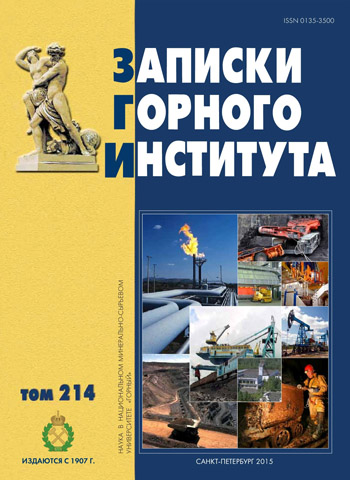Application of morphological analysis to policy formulation for wastewater treatment
- 1 — School of Industrial Engineering and Management, Lappeenranta University of Technology
- 2 — Faculty of Process and Environmental Engineering, Technical University of Lodz; School of Industrial Engineering and Management, Lappeenranta University of Technology
Abstract
Wastewater treatment, water protection and conservation, and rational water use are impor-tant elements of water management. The goals of water management are achieved by implementation of a set of appropriate policy measures creating a coherent policy. However; policy formulation is a complex decision-making problem involving a large number of stakeholders and many possible measures. The objective of this work is to implement a method for facilitating decision-making and identify suitable policy measures for the location and operation of wastewater treatment facilities. This type of problem is very complex and is usually formulated with many contradictory requirements. It is an example of a socalled wicked problem, for which the application of traditional multi-objective decision-making approaches has clear limitations. In this paper, Morphological Analysis (MA), an approach applicable to wicked problems, is used to structure policy measures relevant to the problem of the location and operation of waste-water treatment facilities. The application of MA enables identification and selection of stake-holders, decision-making criteria and policy measures to tackle legal, financial, technical, social and environmental aspects of wastewater treatment.
Funding
The authors are grateful to Peter Jones for his help in editing this paper
